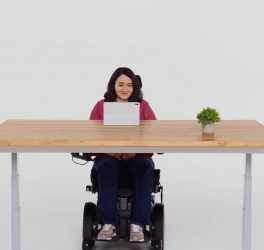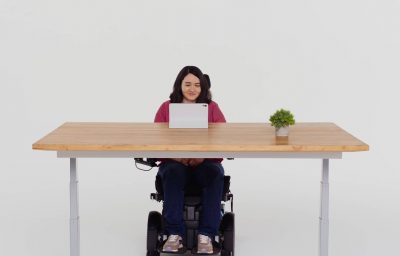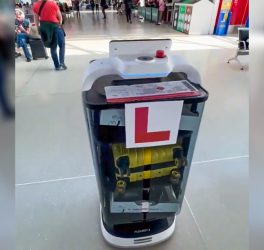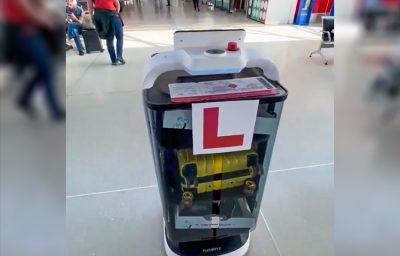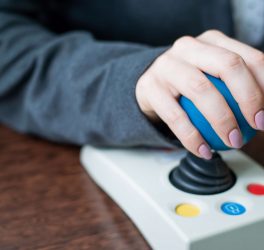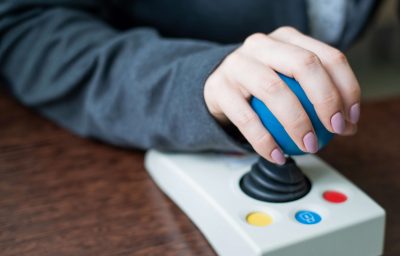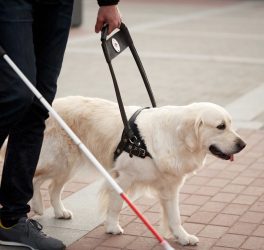
New Zealand – New funding will support learning opportunities for children and young people who are deaf or hard of hearing, and enable greater use of assistive technology, Associate Education Minister Tracey Martin announced.
“Around 3500 students are deaf or hard-of-hearing,” the Minister says. “They mostly attend their local school, and many are the only deaf or hard-of-hearing child in the school.
“If we want these students to have the education opportunities they deserve, we need high quality supports and services in place and that’s what the Government is investing in.”
Increased funding of $9.9 million over the next four years will provide:
- New Zealand Sign Language at school (NZSL@School) support for an additional 25 students
- study awards to support 24 more teachers to complete specialist training as Resource Teachers of the Deaf
- additional Advisors on Deaf Children, who will provide intensive support to young and very young deaf children and their whānau
- three new immersion hubs, where deaf children enrolled in their local school can meet regularly with other deaf children and young people, and develop their NZSL capability, and
- support for up to 20 babies and young children with cochlear implants each year, so they get the greatest benefit from their implant.
“Deaf and hard-of-hearing children, as well as those with a wider range of learning support needs, will also benefit from a $3.9 million increase in funding for assistive technology.
“Modern specialist technology, such as specialised computers, classroom hearing or vision equipment, can be extremely helpful in supporting children and young people to hear, see, and study.”

